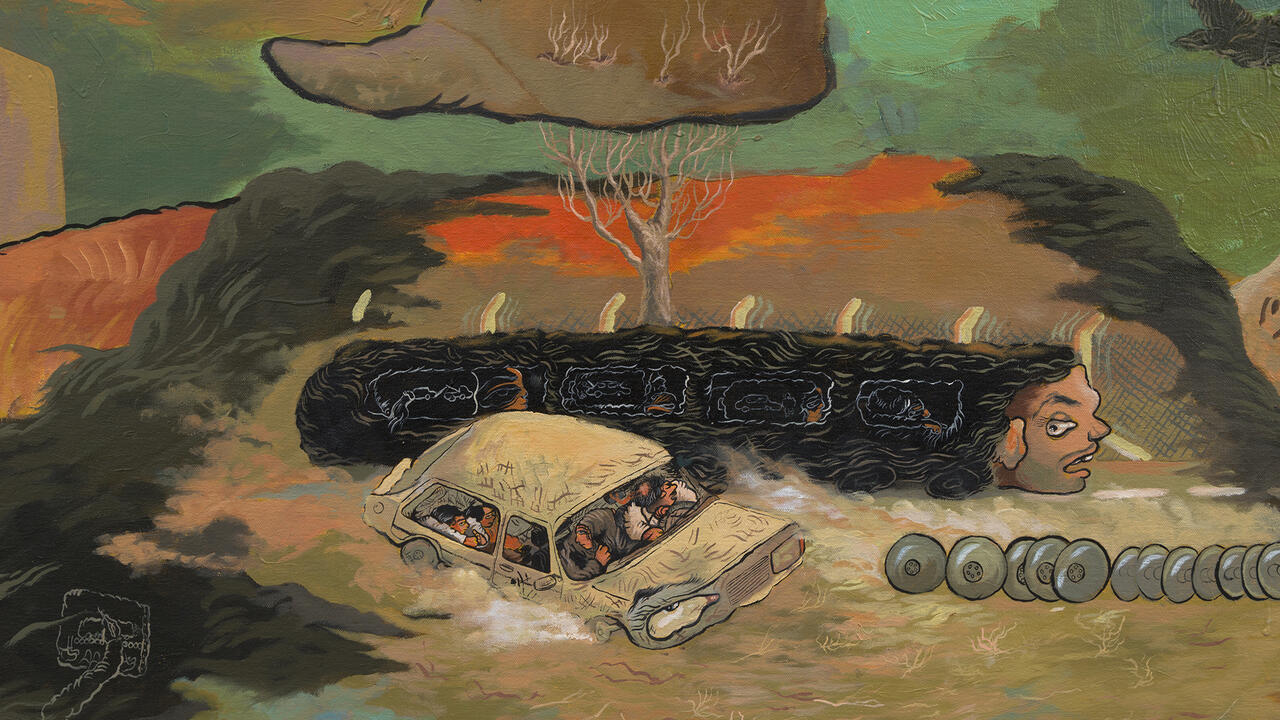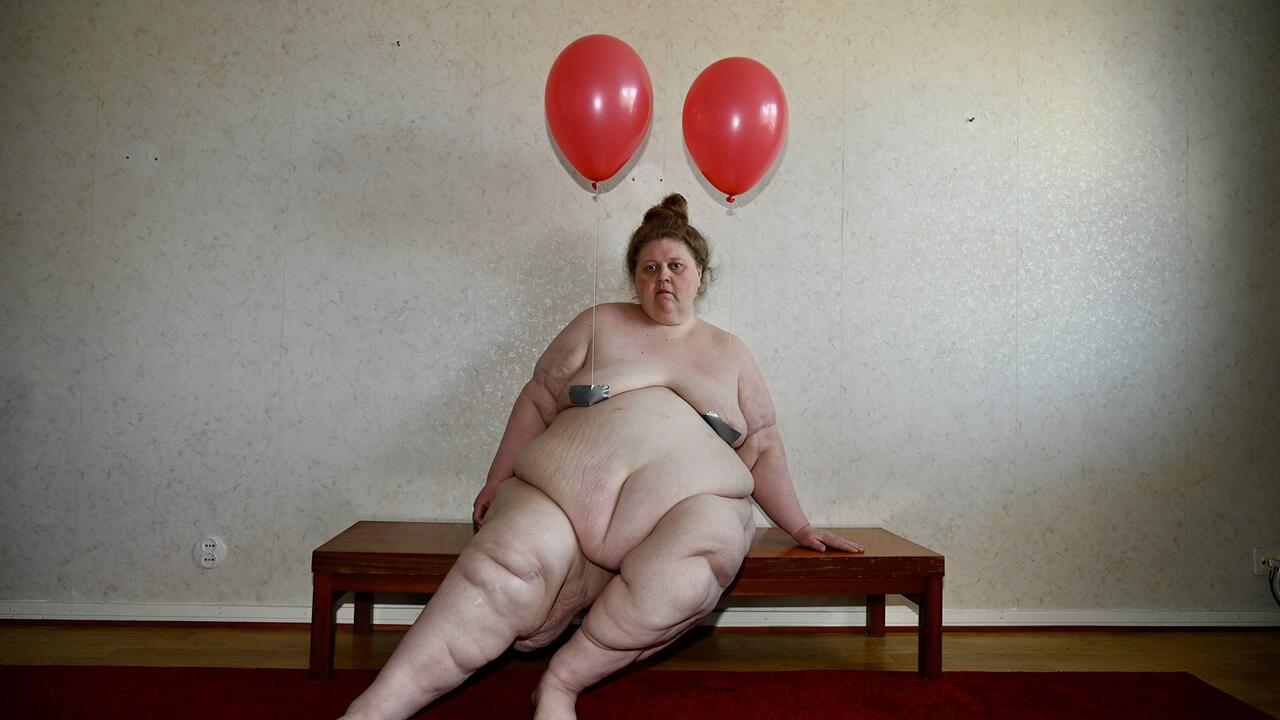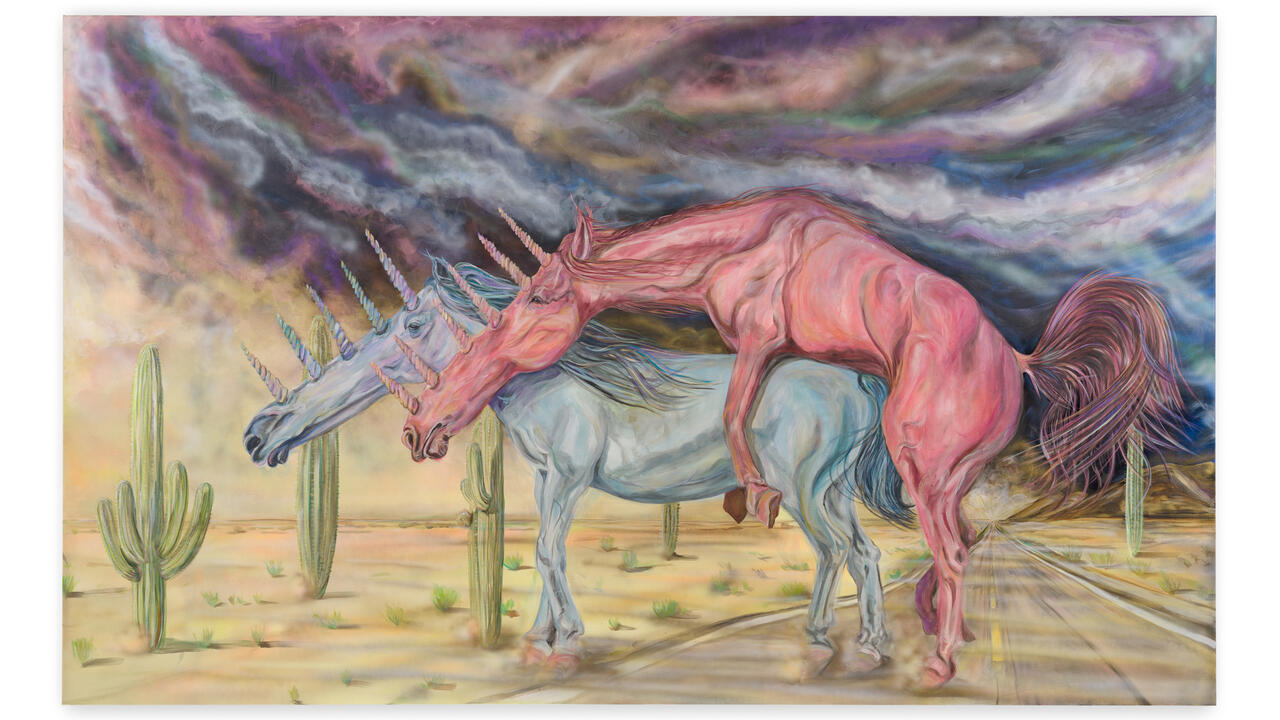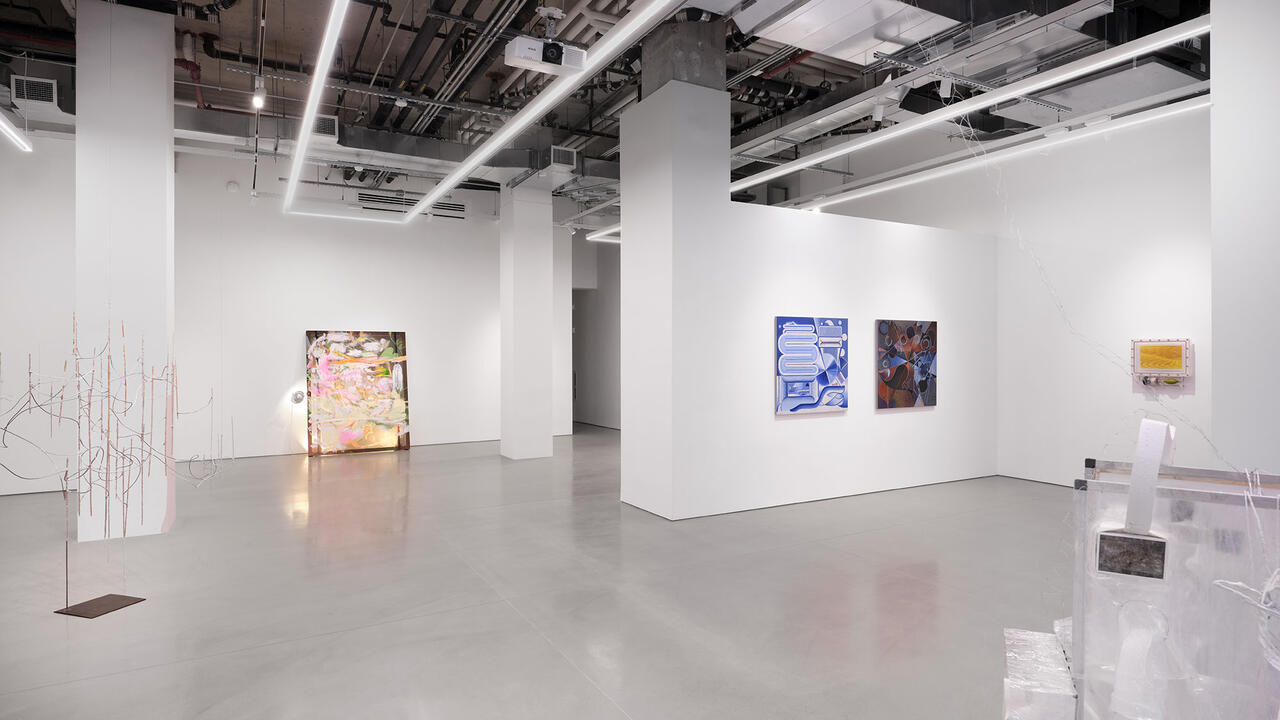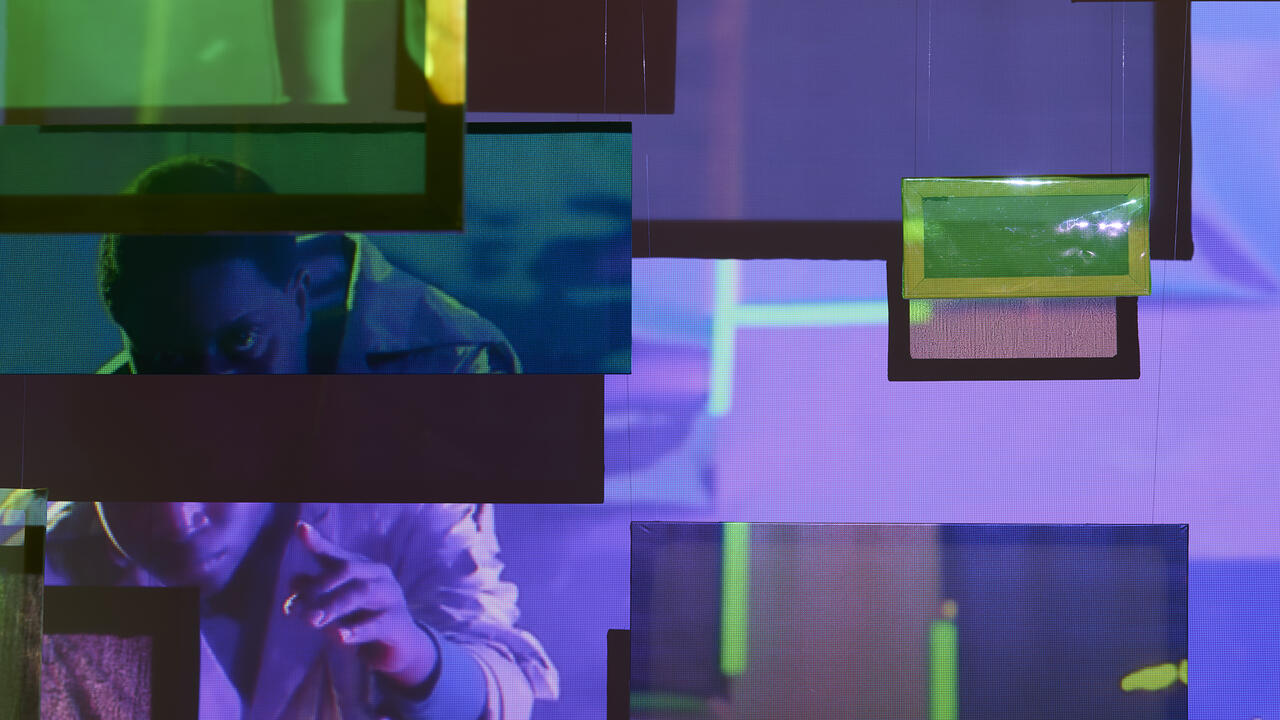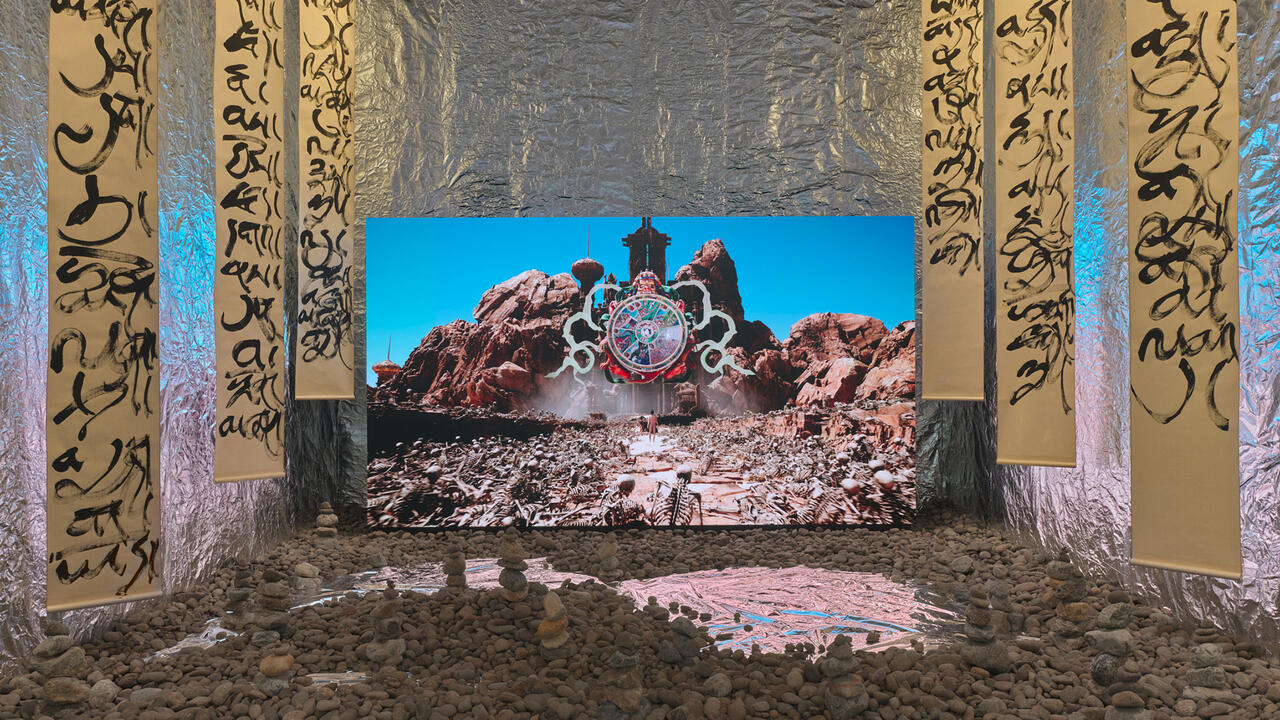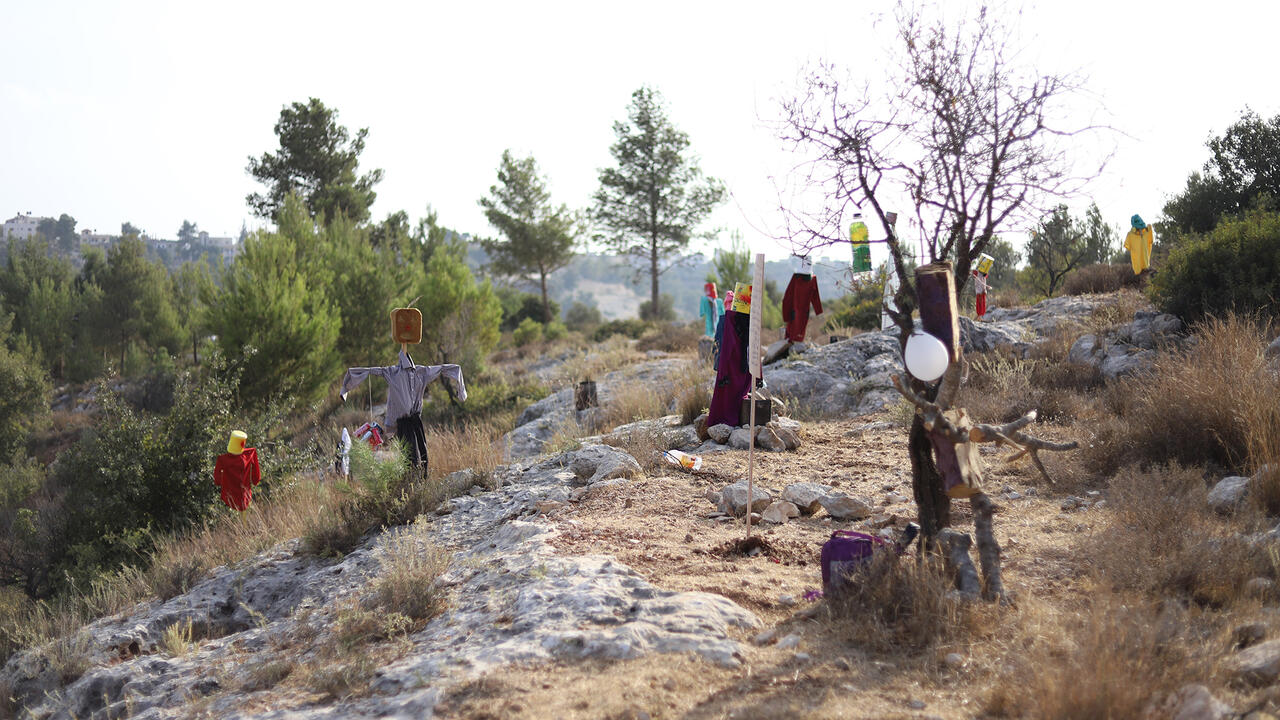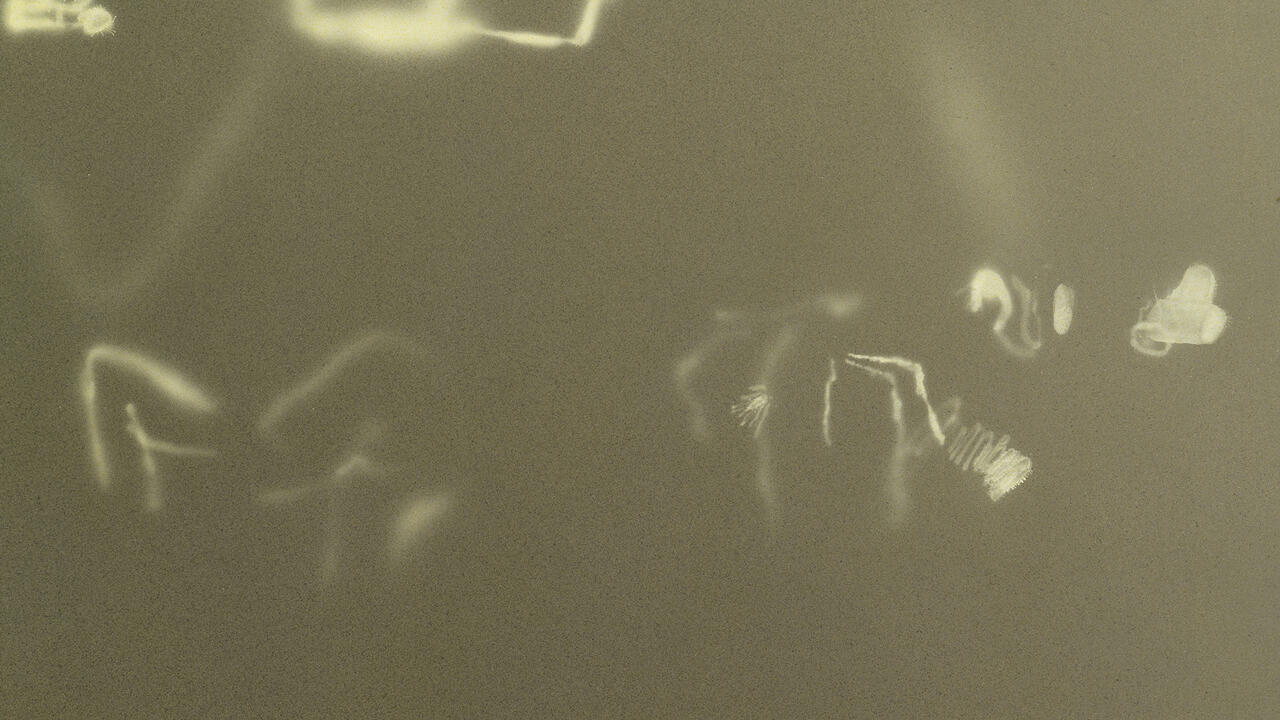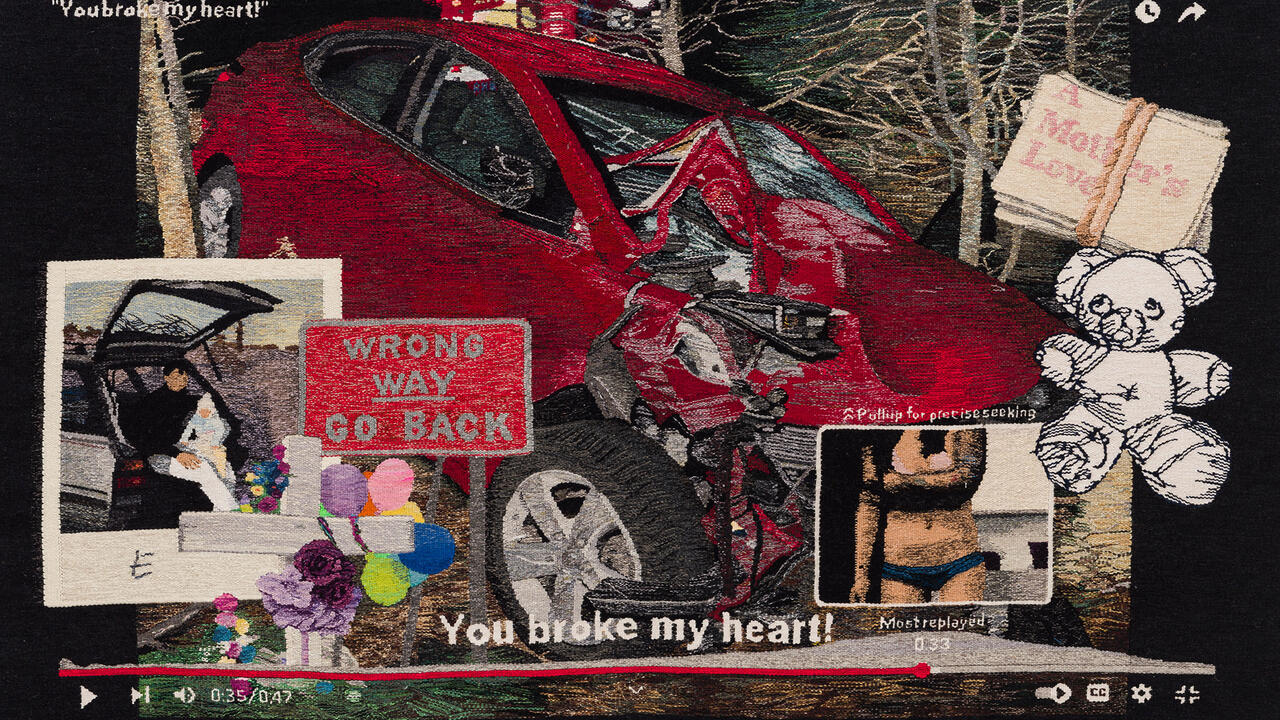In Pictures: Wangechi Mutu’s Empowering Sculptures of African Women at The Met
The Kenyan-American artist’s bronze caryatids occupy the museum’s empty niches which have lain bare for 117 years
The Kenyan-American artist’s bronze caryatids occupy the museum’s empty niches which have lain bare for 117 years

The four niches in the façade of New York’s Metropolitan Museum of Art – originally designed to house freestanding sculptures – have lain empty for 117 years. Now, however, for the first time in the institution’s history, artworks are finally being exhibited on the museum’s exterior. ‘The NewOnes, will free Us’ (2019) is a commissioned series of four bronze sculptures created by Kenyan-American artist Wangechi Mutu. Exploring gender and racial politics, the works transform the institution’s blank face, challenging restricted and outmoded ideas about which artefacts should, and shouldn’t, be considered valuable.
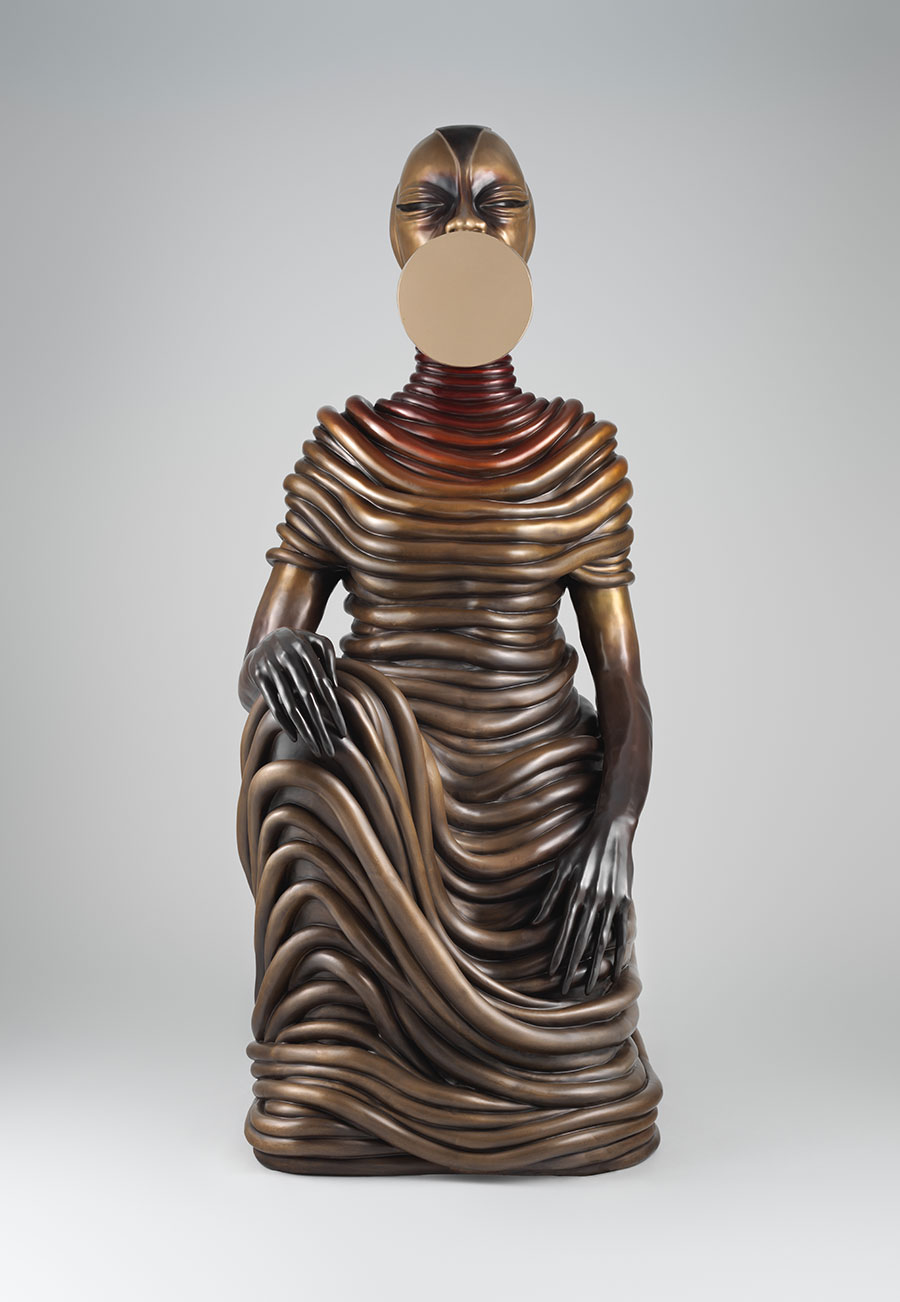
The sculptures – four sedentary African women, individually titled The Seated I, II, III and IV – are inspired by the marble caryatids that operate as architectural load-bearers in ancient structures in Greece and West Africa. Mutu liberates the women from their historically limiting supportive roles by re-imagining them as powerful pillars capable of more than just providing support. Each sculpture has distinct facial features and is elaborately decorated with vertical coils that act as both garment and armour.

The significance of these sculptures being placed on a neoclassical building is unmistakable. As curator Kelly Baum points out: ‘Had the niches been filled in 1902,’ when the Richard Morris Hunt building was completed, ‘the artist would certainly have been male and white.’ The series title alone implies an acknowledgment that these works are pioneering. Their presence decentres whiteness and patriarchy by giving authority and autonomy to ‘othered’ figures. If the challenge was to derail the historical Western-dominant narrative of the Met before even entering its buildings, Mutu’s bronze sculptures achieve just that.








